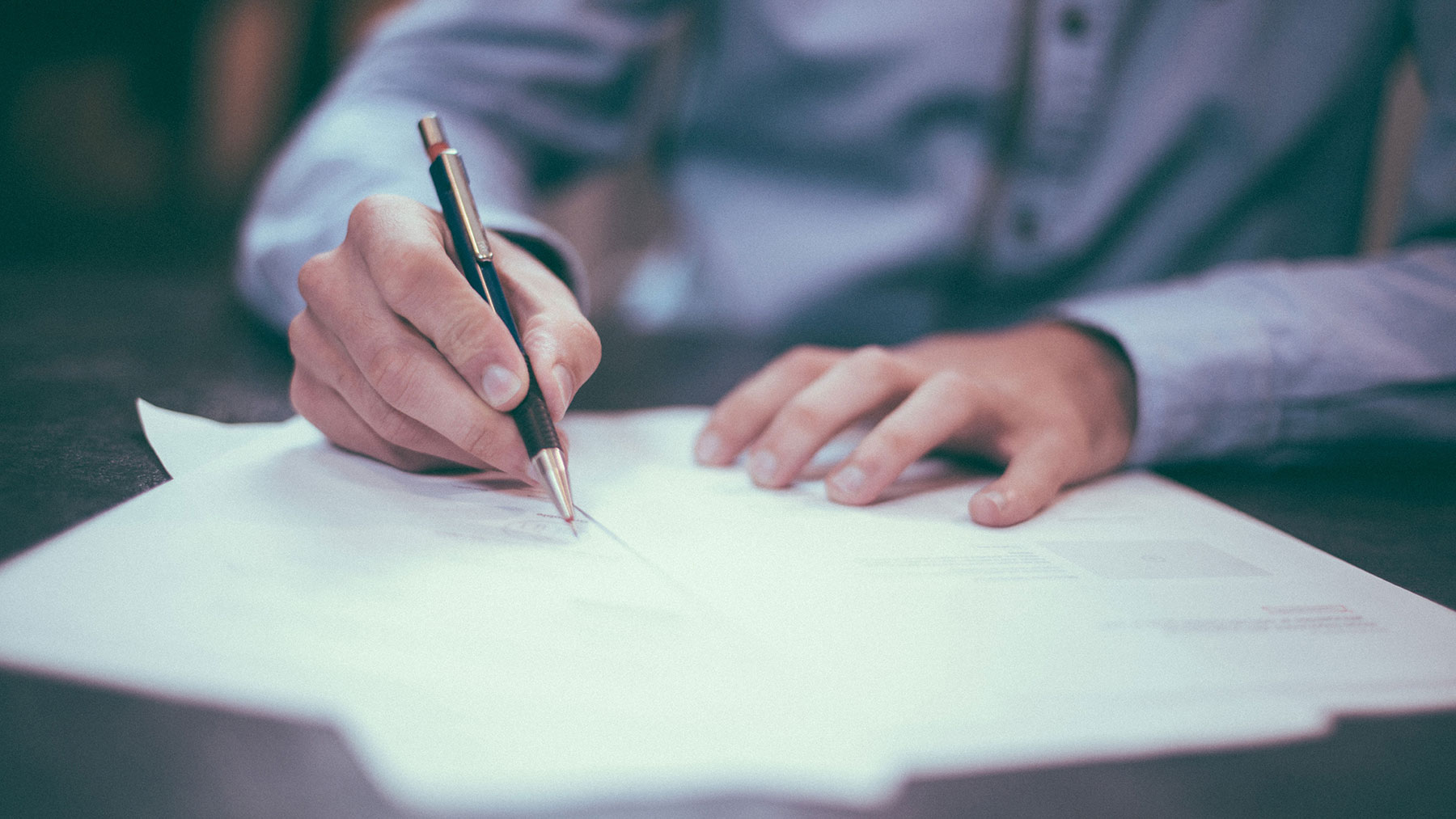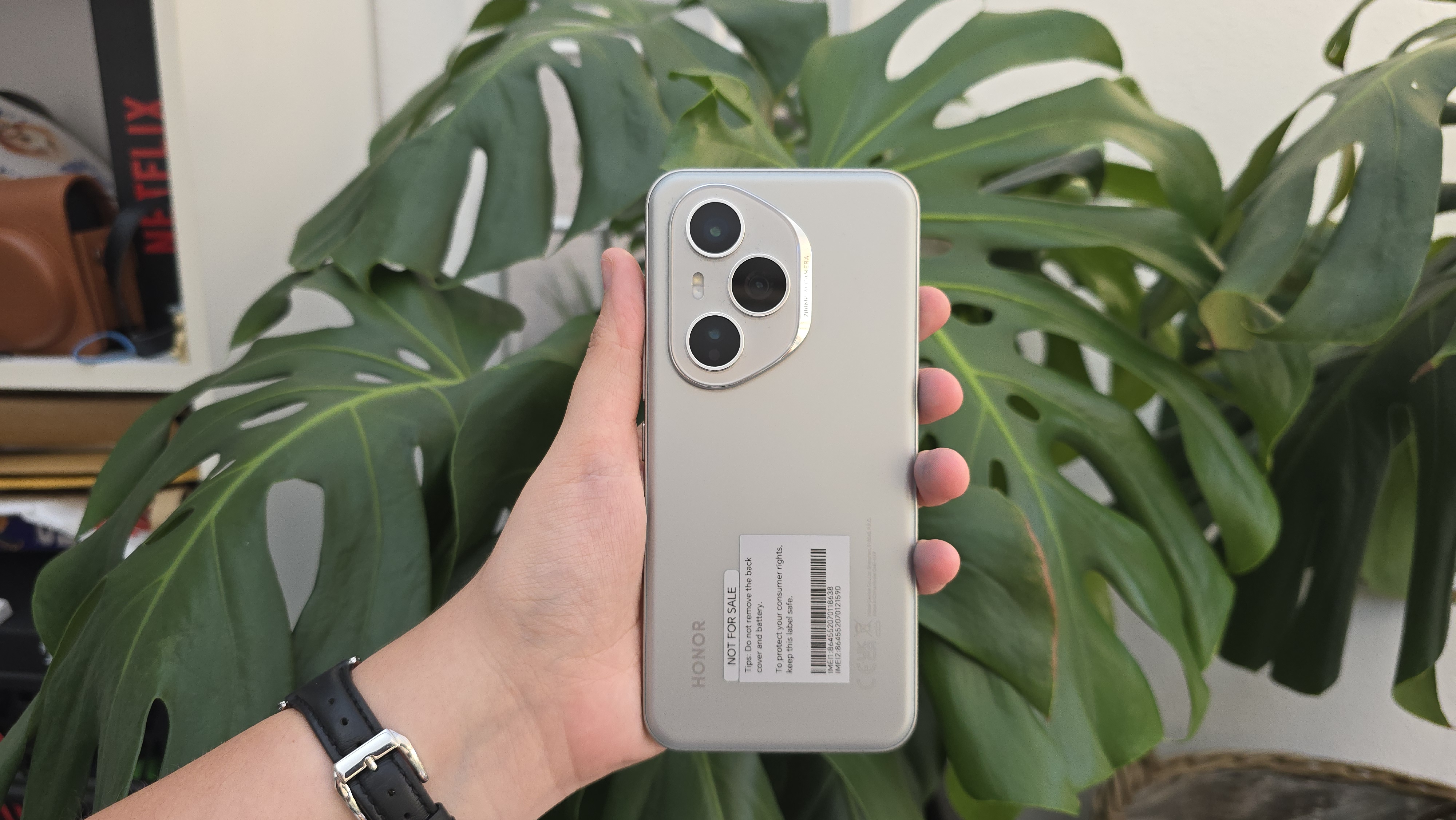
The Association of Photographers (AOP) fought tirelessly for the Copyright, Designs and Patents Act that thankfully came into force in 1988. But what does copyright actually mean for a commercial creative today?
Copyright underpins the nature of how nearly all photographers make a living (the words ‘copyright’ and ‘licensing’ are equally applicable to all forms of creative output, not just photography). As a form of intellectual property and enshrined in legislation, it is a property right and gives creators the ability to generate income by licensing the use of their endeavours, as opposed to selling ‘units’ of work.
This notion of selling use not unit is vital to making our businesses sustainable, as well as maintaining and safeguarding the creative industries. If you want to have a successful commercial career, you can't just rely on your photography skills, you need to have the business knowledge to back it up – and understanding copyright is a major part of this.
It's no different to if you were to buy a music track: you do not own the content, but have purchased the right to use a copy for yourself
Copyright – or, the right to prevent and control copying – gives us flexibility and gives our clients and buyers protection over the use of a creative piece of work. However, not enough clients and buyers understand that this creator’s right is enshrined in law, and that fees paid to us do not automatically confer ownership or title in the work to them.
It's no different to if you were to buy a music track or a book: you do not own the content, but have purchased the right to use a copy for yourself. You might own the paper the book is printed on, but you do not own the words themselves. Likewise, you might own the hard drive or media the image sits on, but you do not own the image itself.
The fees we charge cover our investment in skills, training, equipment such as cameras, insurance, some profit (we’re in business, after all) and generally also include some element of licensing. This helps keeps costs to the client lower than they would be if the client wished to own the work created outright.
Unless a photographer assigns the copyright in their work in writing to someone or has accepted the terms of a contract that contain a copyright assignment, the ownership of the intellectual property rights, or copyright, remains firmly vested in the creator.
Get the Creative Bloq Newsletter
Daily design news, reviews, how-tos and more, as picked by the editors.
Moral rights
Sitting alongside the economic element of controlling copyright is a set of moral rights, enshrined in the same legislation. These are there to help protect us, in terms of reputation (and hence our ability to earn), as well as affording the client or commissioner some protection in the form of the right to prevent publication in certain circumstances. They are what’s called inalienable rights, so they cannot be sold or assigned, but they can be waived and often we will see contracts that seek an assignment of copyright as well as a waiver of moral rights.
Lastly, it is worth mentioning that there are several exceptions to copyright law; instances when the law does not apply to certain uses of works protected by copyright. We might consider these to be important to balance the rights of the creator against the needs/desires of a potential user of a piece of work. Suffice to say that the copyright regime in the UK is one of the best there is.
This article was originally published in Computer Arts, the world's best-selling design magazine. Buy issue 280 or subscribe.
Read more:

Thank you for reading 5 articles this month* Join now for unlimited access
Enjoy your first month for just £1 / $1 / €1
*Read 5 free articles per month without a subscription

Join now for unlimited access
Try first month for just £1 / $1 / €1
